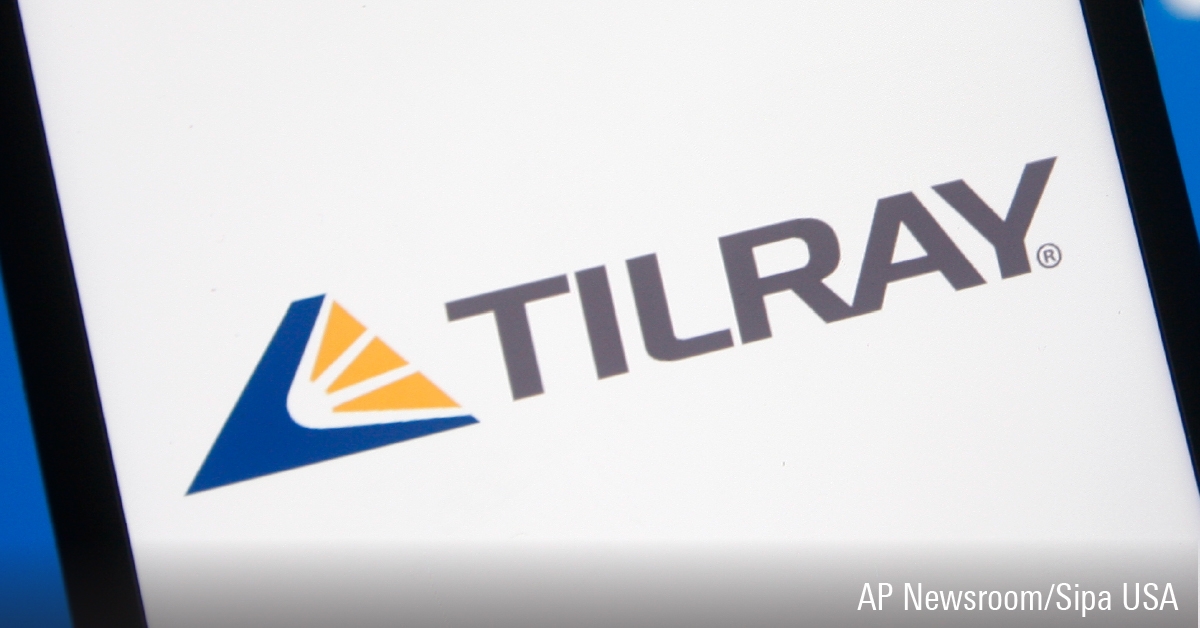
Inflation and interest rates are two of the primary factors impacting all asset classes around the world – so what are you going to do about it?
Vishal Patel, vice president and senior portfolio manager at Scotia Global Asset Management in Toronto, says that he doesn’t try to predict where either inflation or interest rates are going.
Instead, Patel, lead manager of silver-medalist Scotia US Equity, looks for businesses that can thrive in a high interest rate environment and also have “pricing power” or the ability to raise the prices of their products without killing customer demand.
Stock Picks for High Interest Rates
“We look for businesses that are price-setters, not price-takers,” says Patel. “As well, low debt levels and strong balance sheets are paramount in a high interest rate, inflationary environment.”
Patel heads a North American growth equity team at Scotia GAM that oversees portfolios worth more than $5 billion, including about $1.7 billion of U.S. equity assets. Other funds under the team’s direction include Scotia Canadian Growth, Scotia Canadian Small Cap, Dynamic Power Canadian Growth, Dynamic Power Small Cap, and Dynamic U.S. Balanced, all of which are gold-medalist funds with four-or-five-star performance ratings. The team also oversees the newly introduced exchange-traded fund Dynamic Active US Equity, which employs a similar strategy to Scotia US Equity, but in ETF format.
Patel focuses on companies that are dominant in their industries, have a strong “economic moat” to keep competitors at bay, and boast a record of robust growth in revenue, earnings and cash flow. He prefers those that enjoy a monopolistic position, or are part of an oligopoly. A thriving corporate culture is also characteristic of his holdings.
Dividends aren’t essential. What’s more important is a company’s ability to allocate capital in a profitable manner. Patel’s first choice is that capital be allocated toward organic growth, but other options include acquisitions and share buybacks – not just dividends.
It's Not All About Dividends
“About 75% of our holdings pay dividends, but sometimes it’s a small dividend,” Patel says. “If we only focused on dividends we would have missed out on some great companies.”
He cites Alphabet Inc. GOOG, one of the fund’s top holdings, and one that only recently began to pay a dividend after years of reinvesting its profits in expanding the business.
“The number one thing is a company’s ability to achieve lasting organic growth, and that’s where we do our homework,” he says.
Although the Scotia US Equity Fund may invest in companies across the capitalization spectrum, the focus is on large caps, or the cream of the Standard & Poor’s 500 Index.
High Conviction Stocks Only
Patel is highly selective and the fund holds only 25 names. Turnover is low, and once superior firms are identified he likes to hold them for at least five years. He will hold impactful positions, and a single holding could account for as much as a 10% weighting in the fund.
The largest holding in the fund is Nvidia Corp. NVDA, which has seen its stock price rise at a breathtaking pace. Patel continues to trim around the margins to keep its weight under the 10% limit.
“We have a concentrated, high-quality portfolio, and we want to own businesses, not trade them,” Patel says. “It’s like being a farmer. We harvest gains and we plant seeds in new ideas.”
The approach has paid off handsomely. As of May 23rd, Scotia US Equity F, is a top quartile performance across various time periods including 10 years, five years, three years and one year, consistently beating the index and Morningstar’s U.S. Equity Category. Long-term shareholders have reaped the benefit of a 10-year average annual compounded return of 16.2% and a five-year average of 18.9%.
While tech stocks such as Nvidia, Microsoft Corp. MSFT, Alphabet, Apple Inc. AAPL and Amazon.com Inc. AMZN populate the fund’s top holdings, and technology is the dominant sector at 38% of assets, he stresses that the fund is not a tech fund.
Fund's U.S., but Not Necessarily Tech
As part of his risk management strategy, the fund must always be invested in at least seven of the S&P 500’s key eleven sectors, and it’s currently invested in eight. There are currently no holdings in the real estate and utilities sectors, which tend to be vulnerable due to their high debt levels, nor does the fund have exposure to the energy sector.
Energy and other resource companies such as miners are “price takers” that depend on the vagaries of commodities markets, Patel says, and their lack of pricing power keeps them out of his funds.
One of the most powerful drivers behind the fund’s performance in the past couple of years has been the explosion of Artificial Intelligence. Patel views this theme as being in the early innings with the potential to impact almost every industry, not just technology.
Eyes on AI Investments But Not All In
He believes there is still a lot of money to be made as AI’s potential unfolds, but is careful to balance the fund with holdings that are not riding the trend.
For example, paint producer Sherwin-Williams Co. SHW is a long-term holding, and has benefitted from its ability to raise product prices along with inflation and sustain its dominant market share.
Another company offering counterbalance is Costco COST, which Patel says has a history of treating all stakeholders well -- including shoppers, shareholders and employees. He believes attracting and retaining talent is one of the keys to growth, and management must create an environment where talent can thrive.
“We look for great cultures and leadership, and seek companies that people want to work for,” Patel says. “Assessing corporate culture is a soft skill. We spend time visiting companies, and we don’t just talk to the management team, we talk to the janitor and the people at the front desk, and to suppliers and competitors.”
Portfolio’s Canvas Is Global
While the companies in the fund are U.S.-based, many have multinational operations and a large share of their earnings are global. Ensuring geographic diversification of earnings is another way to spread risk, Patel says, along with diversification of cyclical and secular exposures.
“Putting together a portfolio is like being an artist,” he says. “You select various paints and colours. It’s an art form.”





.jpg)















